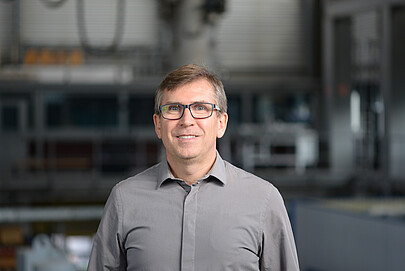
30823 Garbsen

During this welding process, an arc is ignited between the end face of the stud and the workpiece for a short time. Both joining partners are melted, and they are joined together under low pressure. In case of underwater stud weldingy by removing water and drying the weld area, a local habitat can be created, allowing the application of this process in water depths of up to 50 meters as a semi-dry method.
During this welding process, an arc is ignited between the end face of the stud and the workpiece for a short time. Both joining partners are melted, and they are joined together under low pressure. In case of underwater stud weldingy by removing water and drying the weld area, a local habitat can be created, allowing the application of this process in water depths of up to 50 meters as a semi-dry method.
